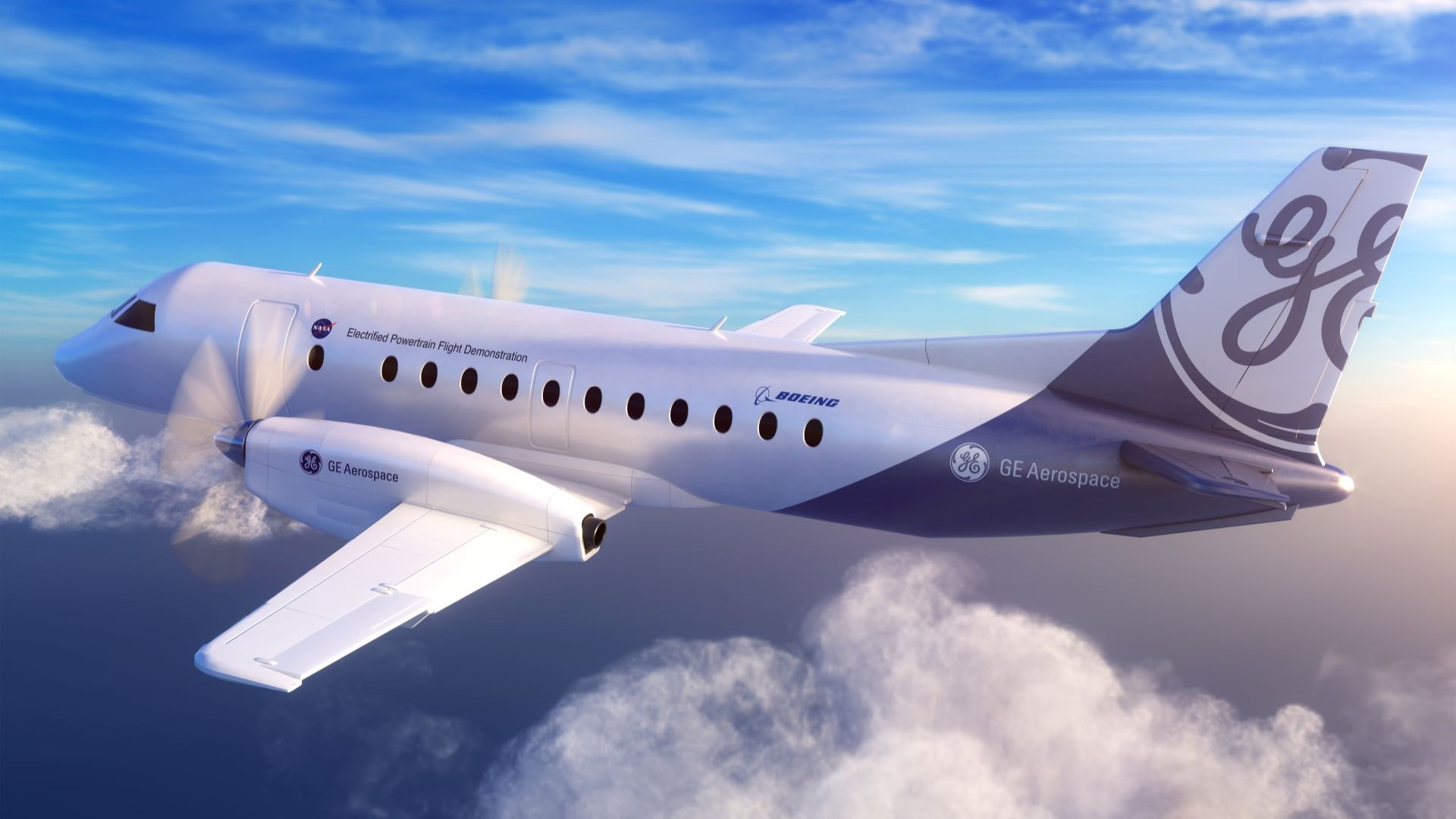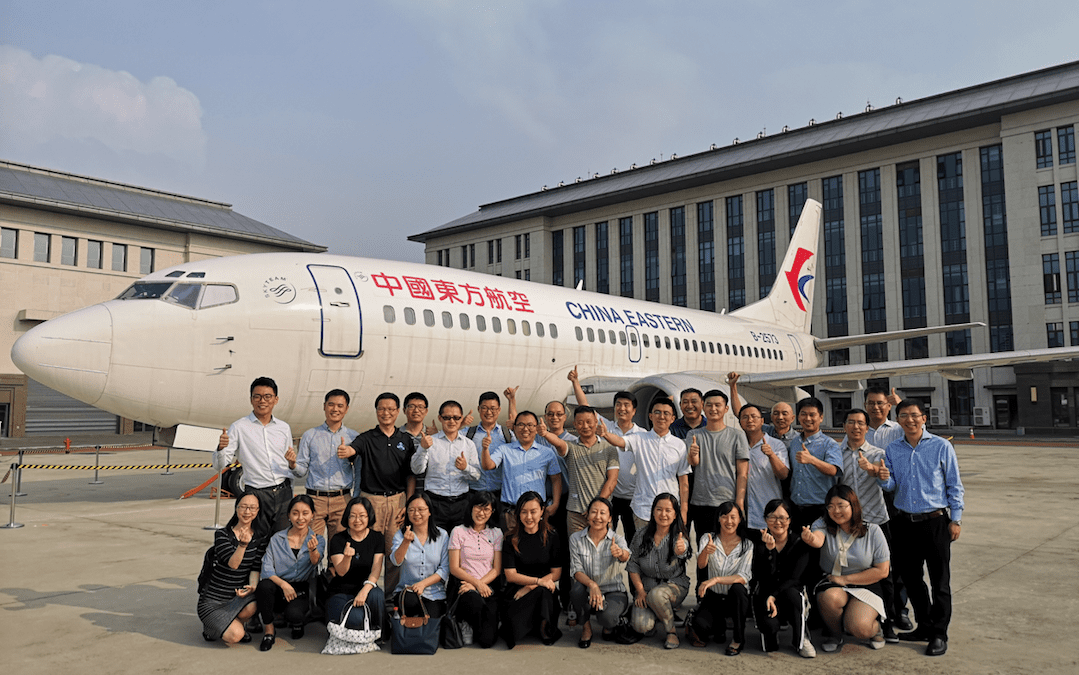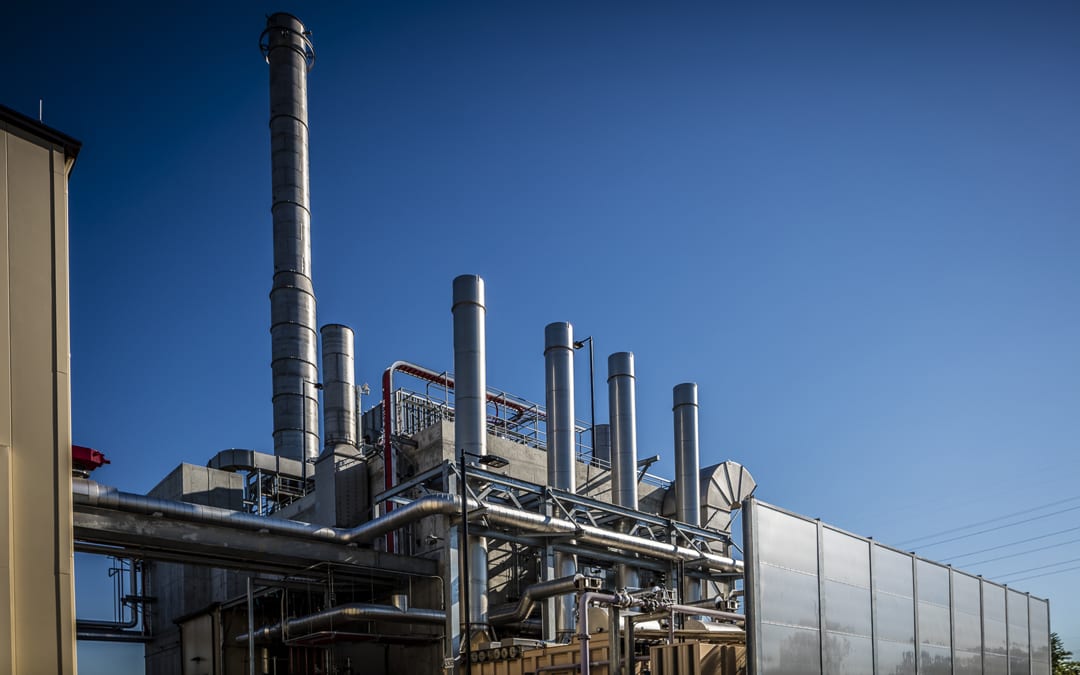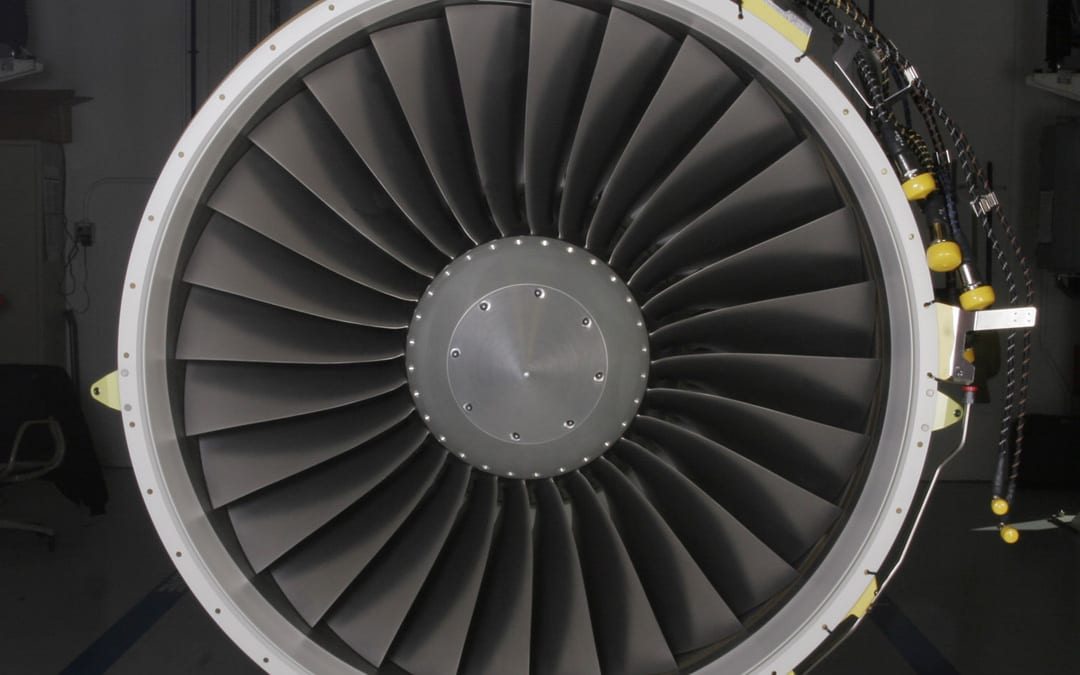Promise for Tomorrow: GE Aerospace’s Hybrid Electric Leader Presses the Case for CFM’s RISE Program
March 19, 2024 | by Jay Stowe
When Christine Andrews talks about the technological advances coming to commercial aviation, it sometimes sounds like she’s reading from a crystal ball: Sustainable aviation fuel … hybrid electric propulsion systems … open fan engine architecture … hydrogen fuel cells. The fact is all of these technologies are currently being advanced by GE Aerospace in the lab, in test cells and rigs, and in the field. “I think with where we want to go as a company in our emissions reductions, we need to try out all of these technologies and thoroughly understand them so we can get to a more sustainable future,” she says.
Andrews, who serves as the executive hybrid electric systems leader at GE Aerospace, recently spoke about the company’s efforts to help lead the aviation industry’s stated goal of achieving net zero carbon emissions by 2050 at the BNEF Summit San Francisco. Over two days in late January, the BNEF Summit brought together industry executives from the transportation, energy, and technology sectors to network and discuss the advances and trends currently “driving the transition to a lower-carbon economy.” In a one-on-one interview and a moderated panel talk, Andrews laid out the “multitude of technologies” the company is actively developing to reduce carbon emissions.
It’s a pretty remarkable list. To begin with, there’s the Electrified Powertrain Flight Demonstration (EPFD) project, which aims to prove the feasibility of hybrid electric flight for commercial aircraft. Teaming with NASA and Boeing, GE Aerospace is developing an integrated, megawatt-class hybrid electric propulsion system for ground and flight tests later this decade. Hybrid electric propulsion technologies can help improve engine performance, which reduces fuel usage and carbon emissions.
The EPFD project achieved a significant milestone in 2022 when GE Aerospace and NASA successfully ran a multi-kilovolt, megawatt-class hybrid electric power system in conditions simulating altitudes up to 45,000 feet. Last July, GE Aerospace debuted a new livery design for the flying test bed for the project, a modified Saab 340B aircraft powered by GE Aerospace CT7 turboprop engines. Boeing and its subsidiary Aurora Flight Sciences eventually will modify the airplane and perform system integration and flight-testing services, including nacelle manufacturing, flight deck interface design and software, and aircraft-level performance analysis.
It turns out hybrid electric technologies are compatible with sustainable aviation fuel (SAF) and hydrogen, alternative fuels that Andrews also discussed at the BNEF Summit. In aviation circles, SAF is generally acknowledged as the most important tool in the industry’s race to cut emissions by 2050. And as Andrews pointed out, “all of our engines are SAF-ready.” SAF has the same chemical composition as the jet fuel most commonly used today, but instead of being made from fossil-based sources, it can be made from more renewable sources, such as plant-based materials, fats, oils and greases, alcohols, waste streams, captured CO2, and other alternative feedstocks. The use of alternative feedstocks and processes reduces CO2 emissions over the fuel’s life cycle.
“It’s really an engineer’s dream developing all of these technologies and then seeing them come together in the RISE platform, which stands for Revolutionary Innovation for Sustainable Engines,” said Andrews. The RISE program, spearheaded by CFM International, a 50-50 joint company between GE Aerospace and Safran Aircraft Engines, aims to achieve at least 20% better fuel efficiency and 20% lower CO2 emissions than the most efficient engines today. At the heart of the RISE program is a striking open fan engine architecture. “The open fan is the most notable design change that you see,” Andrews said, noting the fan blades that are unducted (that is, not covered by a nacelle, or engine case). “It has a back-to-the-future look that draws you in.”
“We take the propulsive efficiency of the open fan as well as the thermal efficiencies inside the core — it’s an extremely compact core that we’ve just jam-packed with technology, including hybrid electric — and those in combination get us to the 20% fuel burn reduction over today’s technology,” Andrews added. “We’re really putting technology where it’s needed most for the aviation industry, in the narrowbody class.”
Of course, Andrews and her colleagues didn’t just cook up these new technologies from scratch. They’ve been working on untangling the complexities for years, sometimes decades. GE Aerospace first debuted an unducted turbofan engine in the 1980s. “The problem was the noise was so loud you could functionally hear it before you could see it,” she said. But with the help of advanced computing, the engineers have been able to unlock aerodynamic efficiencies that have decreased the noise level while increasing the fuel efficiency. Now, with hybrid electric, SAF, hydrogen, and the advancing combustion engine technology in the RISE program, “it’s just this real sweet spot in time of a number of things that have been worked on for decades coming together to make the future more sustainable.”
The next big hurdle is figuring out which technologies work best, building them, testing them some more, and then scaling them for the market. “If it was easy we would have done it a long time ago,” Andrews acknowledged. “But that’s also what makes it an exciting time. Because the challenges we’re facing are real challenges, but they also bring about so much promise for tomorrow.”




